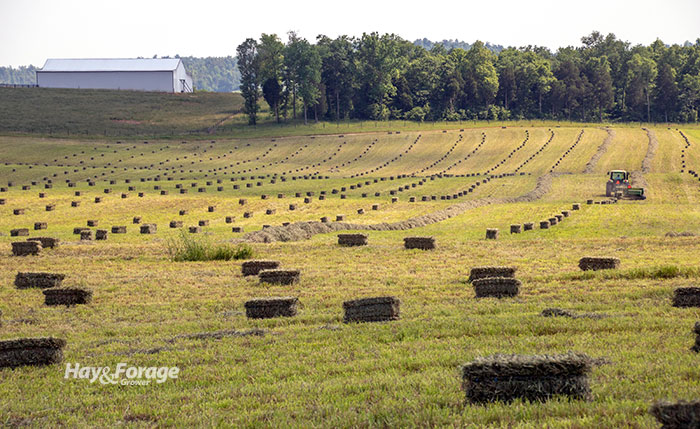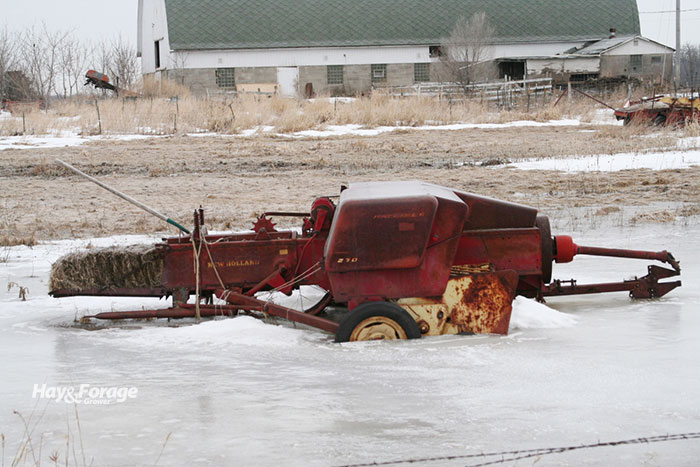
Okay, maybe renaissance is too strong of a word, but in case you haven’t been paying attention, things are happening on the small square bale front.
In the same way I’ve been told since middle school that soccer would overtake baseball, football, and basketball in popularity across the U.S., I’ve also heard that the days of small square bale production were numbered. To be sure, a drive down most country roads will yield the sight of more large round or square bales, but it also doesn’t seem that small square hay packages are heading toward the endangered species list anytime soon.
In fact, I’m not so sure that the production of small square bales isn’t on the rise, though there’s no way of proving such a statement.
Here’s what can be said: After 30 or more years of virtually zero research and development in small square balers, multiple farm machinery companies are now marketing or will soon offer balers with significant technological advances, ranging from on-board flake counters to double two-tie balers. There are also smaller companies marketing tech tools and hardware that help enhance baling operations.
So, why hasn’t the small square bale died as so many predicted?
The answer, I think, is quite simple — horses and those entities that sell to horse owners. For haymakers who have stuck with the small square bale market, they have experienced a steady demand from an equine market that much prefers the smaller packaged hay.
In a recent national survey of horse owners completed by the University of Kentucky, respondents ranked bale size as the third most important factor when they purchase hay. Bale size, with small square bales preferred, followed only hay price and dealer reputation as top considerations. Many hobby farms don’t have the space or equipment to deal with large hay packages, and they’re willing to pay for the convenience of smaller bales.
Although there are many individual horse owners who buy direct from the hay producer, there is also a large retail feed supply and racetrack market for small square bales. These markets can be lucrative. Small square bales often fetch a considerable price premium over their larger cousins.
In the Western states, three-tie bales remain a common commodity and are desired by not only horse owners, of which there are many, but also export customers. Many commercial hay producers in the West split their production into large square bales and small three-tie bales.
Times have changed
Ed Nolt, a Pennsylvania Dutchman, invented the prototype small square baler back in the 1930s. His patent was purchased and mass produced during the 1940s. At the time, it was an instant hit on farms across the United States. This was largely due to labor savings and convenience; these are the same factors that brought large round and square balers into prominence.
Like many kids who grew up or worked on farms, I have the methodic and rhythmic sound of a small square baler entrenched in my brain — plunger, needles, knotters, plunger, needles, knotters, again and again and again. Those were the days of flat racks, bale-kicker wagons, and hay elevators. A lot has changed, often due to the ingenuity and inventions of farmers who have stuck with small square bale market.

These days, technology now offers multiple options in various price ranges to collect and stack small square bales out of the field. There are even easy methods for loading flatbed and van semitrailers without hand labor. It’s the handling innovations — along with horses — that have largely kept the small square bale industry viable for the producer and reduced the massive labor requirement of years gone by.
Though it’s unlikely that the small square bale will ever again reach national dominance, it’s also not time to issue last rites. If it was, machinery companies wouldn’t be investing in the enterprise. Hay producers who have figured out a way to efficiently bale and handle small square bales have and will continue to be part of a profitable niche market.

